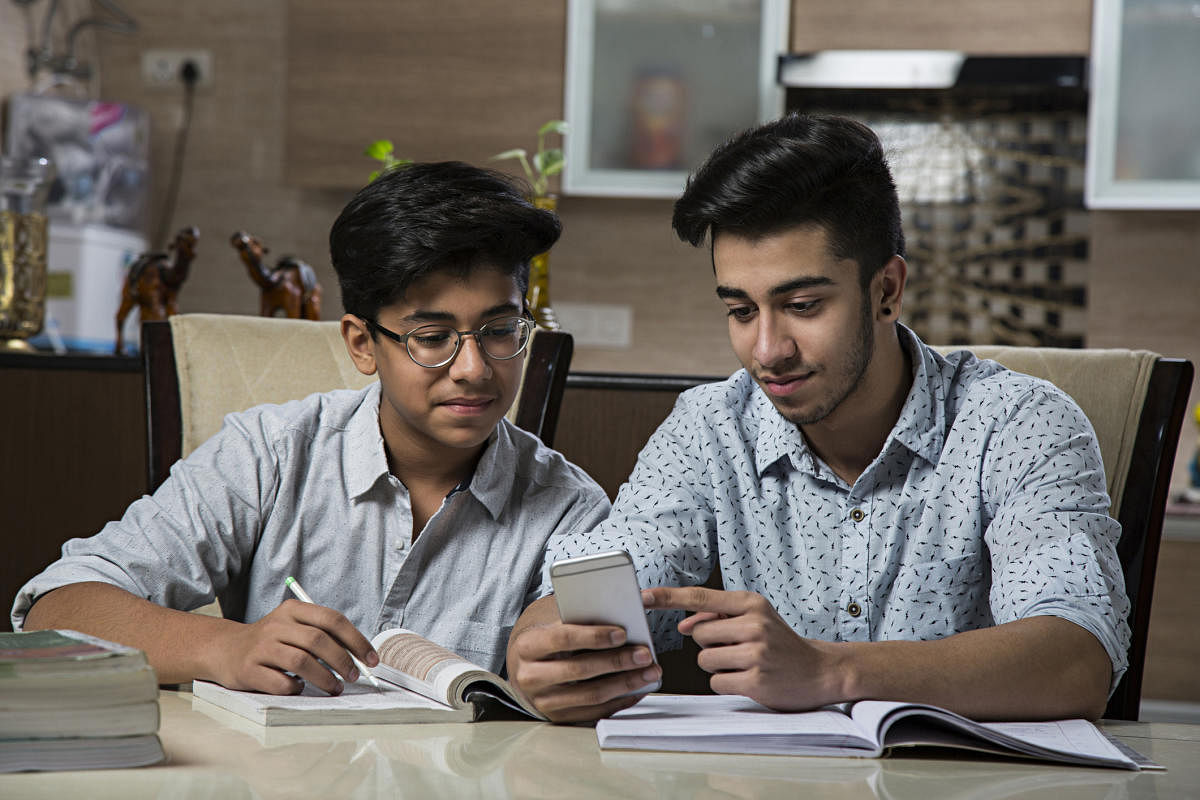Choosing right apps for children



A recent press note quoting a private research body stated in no uncertain terms that a data privacy study of some apps targeting children are not child-friendly and have unexpected twists which can mess with your credit balance, showing chinks in the armour of the privacy policy of the company.
Children ranging from 9 to 17 years are rarely seen without their smartphone, iPad or laptop. Android apps, which come with a safety net of a cleverly worded privacy policy, are believed to be foolproof. But the study begs to differ. In fact, the study zeroed in on some popular and frequently used India-specific apps and discovered gaping loopholes. There have been instances of violation or at the least, breach of confidence.
So, who determines how much of pertinent information is to be shared? More than 50% of information sought is unnecessary, according to experts. As a user, we are called upon to share personal information like email id and credit card details when we download an app.
Veda, a high school teacher, finds that while some gaming apps come with a parent consent clause, where a one-time password (OTP) is sent to the parent before the child is allowed to access, this is not always the case, thereby increasing the risk for the user.
Anandrup kar, an educationist, views that, “it is difficult to ascertain how much is pertinent information. Each app has a required amount of data for its function.”
Many gaming apps come with In-app purchases, which is barely visible in the main menu. These are in fine print tempting traps which a youngster can choose without realising that each one is for an additional charge. Parents can manage this by deselecting the In-app purchases button. Reacting to a question about Risk management, Giridhar, a US-based software engineer, pointed out, “Parental monitoring is imperative while downloading an app and frequent checks of the Master Account is the only way to manage personal information and payments.”
Security issues
Educational apps and websites abound in today’s technology-driven, teaching-learning methodology. Schools and universities increasingly rely on them to aid teaching, communicating with students and parents as well as for assessment and evaluation. But like anything that is out there in the virtual platform, security issues can be a problem. Approved and rated digital learning services are safe but the risk is in new apps and tools, which are mushrooming and are apt to be a temptation to try out. New adaptive learning apps are selling directly to teachers who may or may not be able to assess which company is collecting personal data about students and their activities. Data hacking, unauthorised profiling of students and even identity thefts are some of the serious and unfortunate outcomes of such random pickings.
App developers are creative. We appreciate that! They simplify and bring the fun element into learning through technology. With every job, there is a responsibility. Responsibility towards yourself, your job and the trusting customers.
Children and adults are increasingly
using mobile devices for their computing needs and even to access the net. As an app developer, data collection, handling and protection are crucial. Surya has been an app developer for three years now and she believes that “An open and transparent privacy practice is absolutely essential, especially given the small screen challenge. There is only so much you can pack into the limited space.”
Sometime back, I wanted to download Microsoft word app on my smart phone and began the process. The pop-up screen listed personal information needed which included access to my phone contacts, photographs, email id, location information, unique device identifiers, biometrics, voice recognition, etc. Personal information being collected should be limited to the extent required for an app to function.
Rishi, 13, cheerfully mouths the gamer mantra, “I don’t need to get a life. I am a gamer. I have lots of lives.” Whether the device in use is a smartphone, iPad, tablet or laptop, the rule of the gaming app should be clean and fun entertainment. User age, parental consent in case of minors and mailing details are obviously necessary here. In the case of bought apps, payment transactions should be above board.
My concern is about the content. I spoke to a number of parents and they feel that children’s app developers are violating safe and age-appropriate content policy. Shruti, 8, struts around happy after shooting 12 people in a video game, which she has no business to be playing in the first place. Sadly, horror and violence capture young minds faster than fast food. Now, adult content is being slipped in too in the form of clipping or sneak preview ads.
Draw a line
One way to protect against your downloading or buying apps that are rated or graded (based on content) higher than what you choose to allow is to set a restriction level. You can navigate the allowed content button and pick apps that you feel are safe. App ratings include a general category, parental guidance required and restricted access. There are learning apps for kids from Grade 1 through 12. Picking the right ones is a challenge. Google classroom is a learning management system which experts feel is safe. The Apple apps use a content rating system which is age-specific such as 4+, 9+, 12+ and 17+.
India has the world’s largest market for mobile applications. Video streaming apps are the most popular. Our youth breathes and exhales technology. A new idea with new technology is changing an old problem into an innovation. We need to constantly remind ourselves to stay in control. Technology is a wonderful gift bearer, but a dangerous master.